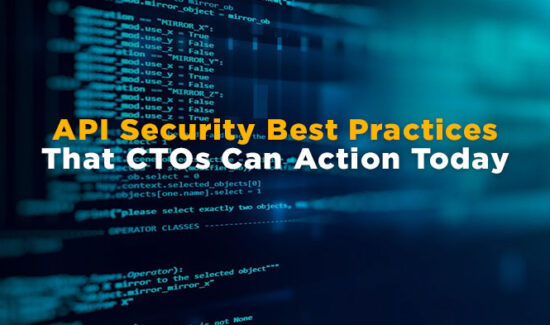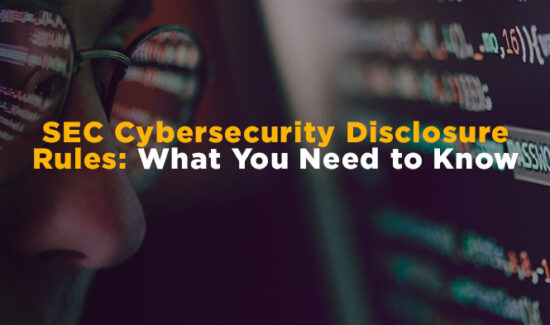AWS Security Monitoring for Enterprises (with AlienVault)


As part of enterprises’ digital transformation and their transition to the cloud is taking advantage of cloud infrastructure-as-a-service (IaaS) providers and their applications and services. Among this essential marketplace, few possess the prominence and popularity of Amazon Web Services (AWS).
Yet even as more enterprises embrace the potential of the cloud, they still express serious concerns about cloud security persist—especially for AWS. Yet, according to SIEM vendor AlienVault, this perception may not be the fault of the cloud. Instead, it may stem from human error and operational issues.
To best overcome these human faults, AlienVault recommends enterprises utilizing AWS employ AWS security monitoring tactics and best practices.
To learn more about enterprise-level AWS security monitoring, we read the online resource appropriately titled the “Beginner’s Guide to AWS Security Monitoring” by AlienVault.
Here’s what we learned reading the “Beginner’s Guide to AWS Security Monitoring:”
Human Error is a Diverse Problem in AWS
By which we mean human error is as inconsistent and wildly varied as their human actors.
AWS is a complex and detailed system with plenty of potential for missed vulnerabilities or mistakes due to poor configurations. This can mean leaving AWS S3 buckets unsecured, possibly exposing sensitive personal data to malicious actors. Indeed, some of most publicized data breaches of the past year have resulted from poor AWS platform configurations, including the Octoly data breach of their social media influencers information.
Additionally, unauthorized access is a problem for AWS security monitoring as well for cloud security in general. Access issues in AWS are affected and potentially exacerbated by your access permissions policies, privileged credentials, and the prevalence of access creep among your users.
Finally, APIs are an essential component to AWS functionality and AWS security monitoring; APIs enables and automates data transfers across disparate services. However, the APIs must be configured and coded properly to stay secure.
So your AWS security monitoring needs to keep an eye out for all of these threats.
Some AWS Security Monitoring Strategies
First, you must remember your enterprise bears as much of the cybersecurity burden as your cloud providers, including AWS.
Ultimately, you are responsible for your own AWS security monitoring. Most enterprises assume their cloud provider is responsible for their cybersecurity. This is tragically false. No matter the provider, you will need to handle the implementation of security for your own content and data. Keep this in mind as you deploy your AWS security monitoring strategy.
One of the first steps is to lock down your major credentials. Ensure credentials are never shared among your employees. Also, make sure the passwords are fully reset every so often to deter hackers. For all of your credentials, your enterprise should follow the principle of least privileges.
Further, you should enable multifactor authentication into your AWS environment. This is a crucial step in any enterprise’s overall security platform, but your authentication into the AWS should absolutely not be entirely dependent on a username/password credential scheme. You should incorporate hard tokens, geofencing, and time of access into your authentication considerations in order to ensure hackers are deterred from infiltrating your cloud environment.
For more strategies, as well as an analysis of the common AWS threats, you can download the “Beginner’s Guide to AWS Security Monitoring” by AlienVault here.
Widget not in any sidebars























